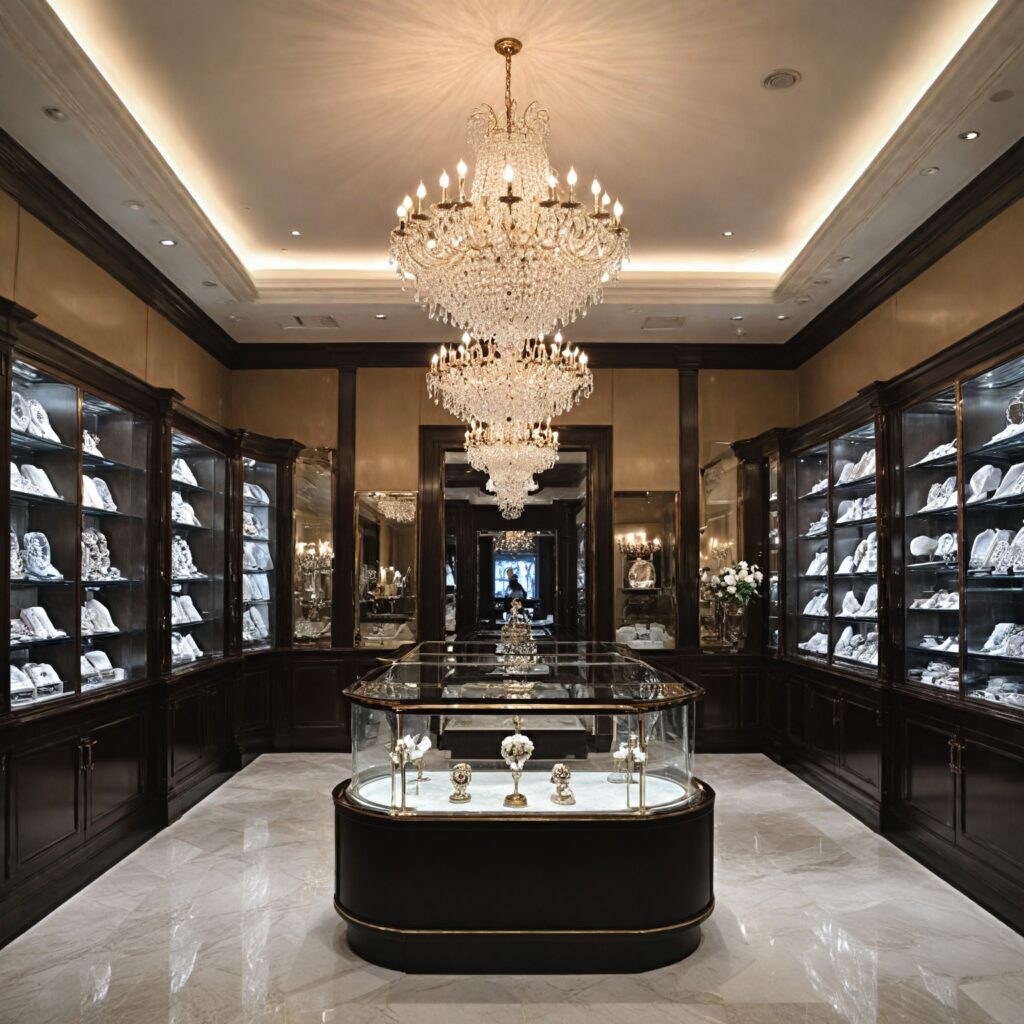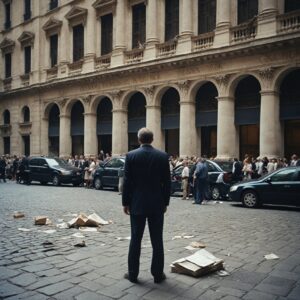
Highlights:
– Jewelry remains sought after by the world’s wealthiest despite broader luxury retail pullback
– Richemont’s jewelry brands lead in consumer desirability according to luxury goods sector head
– Richemont reports strong growth in jewelry sales in fiscal fourth quarter, outperforming other luxury brands
The Allure of Luxury Jewelry in a Shifting Market
Luxury jewelry continues to captivate the world’s elite, with discerning consumers seeking out the crème de la crème of jewels even as the broader luxury market faces challenges. Brands like Van Cleef & Arpels, Buccellati, and Cartier, owned by Richemont, are at the forefront of this trend, boasting unparalleled consumer desirability. As the super-rich become even more selective in their purchases, only the best of the best will suffice. Richemont’s recent financial report, showcasing better-than-expected sales growth in its Jewelry Maisons division, underscores the resilience of high-end jewelry in a shifting retail landscape.
The contrast between Richemont’s success and the slowdown experienced by other luxury giants like LVMH and Kering highlights the unique position of top-tier jewelry brands. While sales of watches and jewelry have fluctuated, with Richemont gaining market share in the jewelry sector, challenges persist, particularly in the watch market. Despite facing headwinds in its Specialist Watchmakers division, Richemont’s overarching strength in jewelry sales remains a beacon of hope for the luxury sector, hinting at a potential shift in consumer preferences towards enduring luxury goods.
The Dynamics of Luxury Watches and Jewelry
The performance of Richemont’s jewelry brands amidst a backdrop of fluctuating sales in the luxury sector sheds light on the evolving dynamics of high-end retail. While the allure of luxury watches remains strong, Richemont grapples with market fluctuations, particularly in China, impacting its Specialist Watchmakers division. As luxury consumers pivot towards jewelry purchases, the unique longevity and desirability of jewelry items present a contrasting narrative to the slower rebound of the watch market post-pandemic. The intrinsic nature of luxury items as long-term investments contributes to a gradual recovery in the watch segment, while jewelry’s more frequent purchase cycle and relative affordability compared to handbags drive its current momentum.
Possible headwinds loom on the horizon as global trade uncertainties and economic factors could pose challenges for luxury jewelry brands like Richemont. While the company’s emphasis on sustainable pricing strategies sets it apart from competitors facing potential price hikes, analysts caution against overlooking significant challenges such as currency fluctuations, rising gold prices, and tariff impacts. The delicate balance between sustaining market dominance and navigating a complex luxury retail landscape underscores the resilience and adaptability required of luxury brands in the face of evolving consumer preferences.
Implications and Future Outlook
Richemont’s success in the jewelry market amidst broader luxury retail challenges paves the way for a deeper exploration of changing consumer behaviors and preferences. The growing divergence between jewelry and watch sales underscores the need for luxury brands to adapt to shifting market dynamics and consumer demands. As the luxury sector navigates uncertainties and market fluctuations, Richemont’s strategic positioning in the high-end jewelry market offers insights into potential avenues for sustained growth and market differentiation.
As luxury brands continue to innovate and cater to evolving consumer tastes, the future of the high-end retail industry remains dynamic and multifaceted. How will luxury brands balance tradition with innovation to drive growth in a rapidly changing market landscape? What strategies can brands like Richemont adopt to maintain their competitive edge and appeal to discerning consumers in an increasingly digital and experiential retail environment? In an era of shifting consumer values and preferences, how will luxury retailers redefine luxury and exclusivity to resonate with a new generation of affluent buyers?
Editorial content by Avery Redwood















